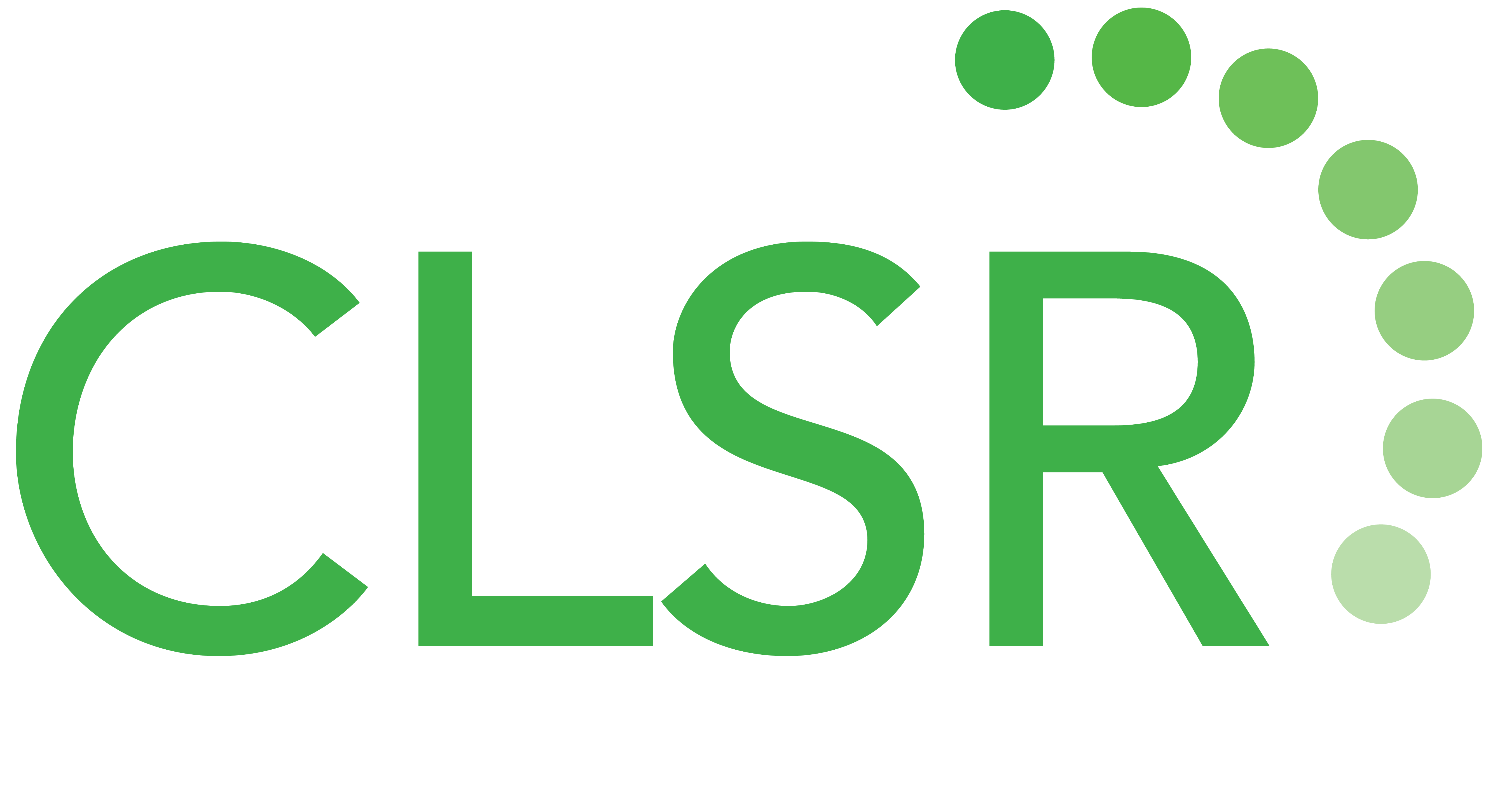Imagine a learning environment where every participant is fully engaged, ideas flow freely, and lightbulb moments happen left and right. Sounds like a dream, doesn’t it? For many learning and development professionals, creating this kind of atmosphere can feel like chasing unicorns. When the subject matter is exciting, and staff have the choice to participate, it can be easy to make this happen; but sometimes there is material that you have to cover, and it’s usually not the fun stuff. It doesn’t help when people have to participate, whether they like it or not. Despite these challenges, it’s still completely possible to serve up impactful, and memorable learning experiences by adding a few techniques to your toolkit.
Microteaching is a growing trend that is really catching on. It is a technique where you deliver short, focused lessons to small groups, typically for 5 to 10 minutes, followed by immediate feedback and discussion. This approach helps develop specific skills, builds confidence, and encourages peer learning in a controlled, low-pressure environment. By allowing repeated practice and targeted feedback, microteaching enables trainers to refine their techniques and improve performance on an ongoing basis. It also helps individuals who have short attention spans retain information much easier.
Great facilitation isn’t just about what you do, it’s also about how you think. Metacognition is about being aware of and adjusting your own learning processes by understanding your strengths and weaknesses, planning strategies, monitoring progress, and evaluating outcomes. This self-awareness creates better learning, problem-solving skills, and adaptability, encouraging more independence among employees. Training programs that incorporate metacognitive strategies help employees become more self-directed learners and improve their ability to acquire and apply new skills, which will lead to continuous personal and professional growth.
It’s one thing to teach concepts, but to truly understand them, they need to be applied to real life situations. Scenario-based learning is your ticket to turning abstract concepts into real experiences. Instead of just presenting course content like a lecture, why not immerse your participants in a complex, true-to-life scenario? It’s like creating a simulator for the workplace – participants get to navigate tricky situations in a safe environment before taking on real-world challenges.
Flipping from presenter to facilitator using peer coaching helps boost engagement by having colleagues learn from each other. It builds buy-in because it’s not just you sharing information. It’s like having a learning buddy – someone to offer fresh perspectives, and additional support that goes both ways. Peer coaching taps into the collective wisdom and brings together the group’s combined knowledge and experience to create a lively and engaging learning environment for both individuals and the organization.
Last, but certainly not least, get brainy… literally. By incorporating neuroscience principles into your training design, you’re not just guessing what works; you’re basing your approach on how the brain actually learns. It means using what we know about how the brain works to make training better. It’s about making learning easier and more effective by understanding how memories are formed, keeping people focused, and using emotions to keep them interested. Using different ways of learning—like seeing, hearing, and doing things—helps the brain learn better. Giving feedback at the right time, not overwhelming people with too much information, and making sure they get enough rest also play a big part in making training work well. By using these ideas, you can help employees learn more, remember better, and stay motivated during training.
These five techniques – microteaching, metacognition, scenario-based learning, peer coaching, and neuroscience-informed design – aren’t just tools to add to your kit. They’re a shift in how we approach learning and development facilitation. By incorporating some of these techniques, you’re not just keeping up with the times; you’re staying ahead of the curve.
So, dive in, experiment with these techniques, and watch as your impact as a facilitator reaches new heights. You don’t need to take them all on at once; read up on the ones that strike you the most, and start experimenting with putting them into practice. Spend some time reflecting on what worked, and what didn’t; and don’t forget to get feedback in the moment. Your learners will thank you – and you might just rediscover the magic that drew you to facilitation in the first place.

